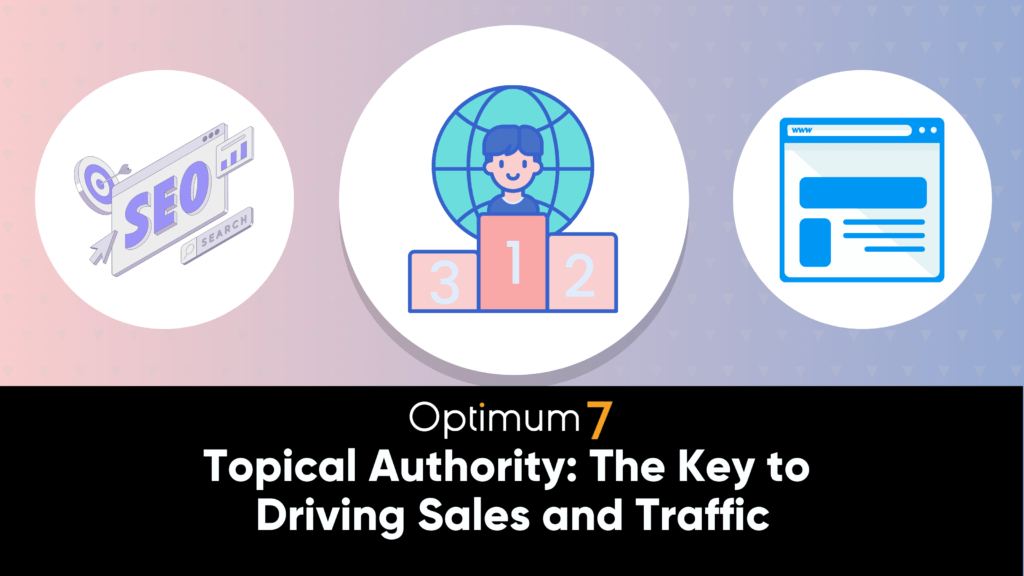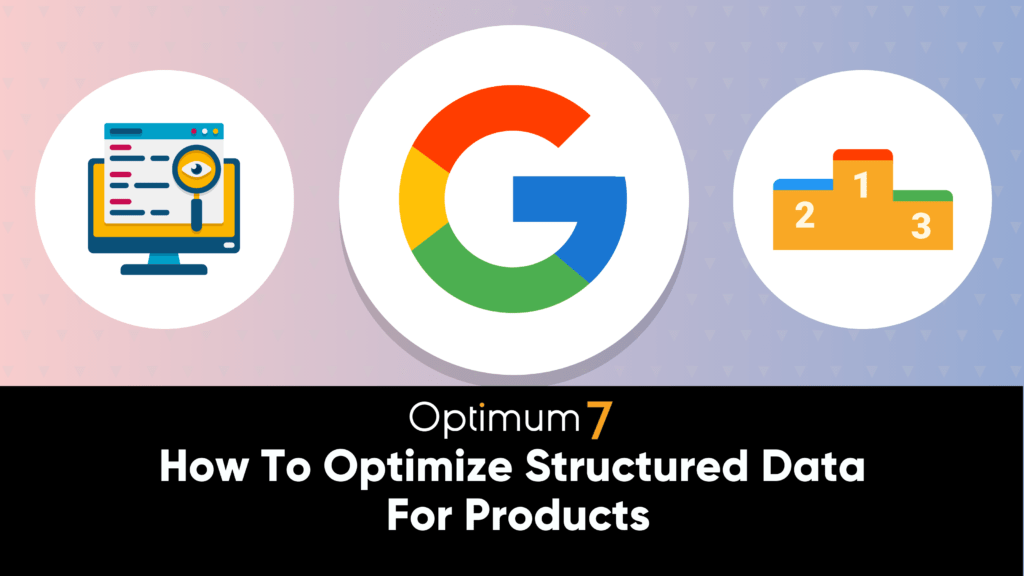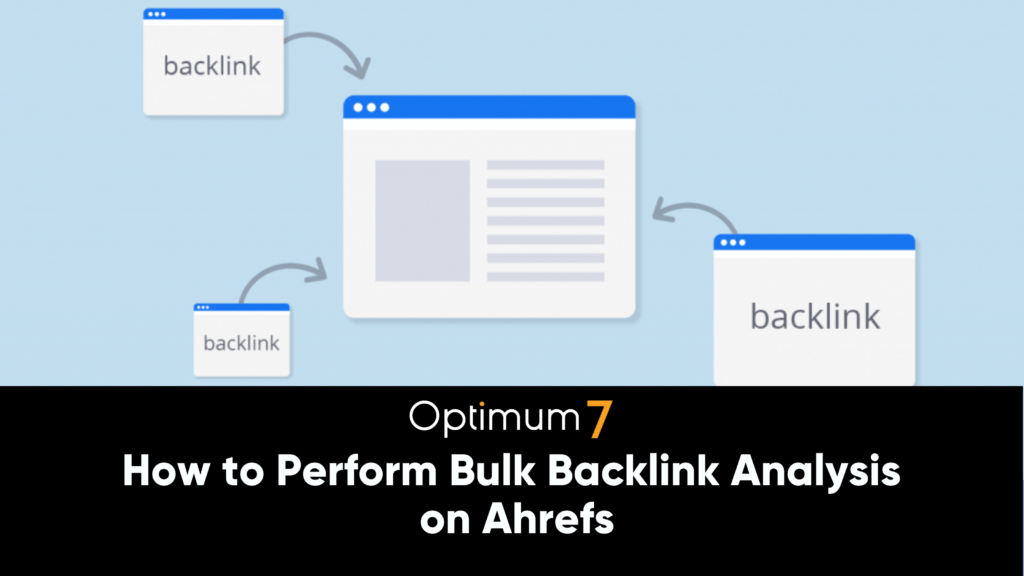Staying on top of Google’s algorithm updates is crucial for maintaining and improving your website’s performance. Google Search Console (GSC) is an indispensable tool in this endeavor, offering a wealth of data and insights that can help you determine whether your site has been impacted by a recent algorithm update. This article will guide you through the process of leveraging GSC data to identify signs of algorithm updates, understand key metrics, assess the impact on your site, and adjust your SEO strategies accordingly.
Identifying Signs of an Algorithm Update
Confirming an Algorithm Update
When you suspect that an algorithm update has affected your site, the first step is to confirm whether an update has actually occurred. GSC, combined with other reliable sources, can provide the evidence you need. Start by checking Google’s official channels, such as the Google Search Central Blog or their X account, where they announce major updates, including core updates. Additionally, industry news sites like Search Engine Land, Moz, and Semrush often provide timely reports and analyses on algorithm changes.
Also The Semrush Sensor tool is particularly useful, as it monitors daily SERP volatility and can help you detect unusual changes, indicating potential updates before they are officially confirmed.
Another tool to utilize for penalty checks is the Google Penalty Checker from Optimum7, which offers a streamlined way to determine if your site has been affected by Google’s penalties. These penalties include Manual Actions by Google’s review team and Algorithmic Penalties from automated system adjustments. This tool analyzes key metrics such as search traffic, keyword rankings, and page visibility, identifying deviations that may suggest a penalty. By processing these indicators, it delivers a detailed report that highlights areas of concern, enabling you to swiftly address potential issues and restore your site’s performance in search results.
Also within GSC, you can look for unusual fluctuations in key metrics. Significant drops or spikes in metrics like clicks, impressions, and average position can signal that an update might be impacting your site. Comparing these changes with the timeline of reported updates can help you confirm the correlation.
Analyzing Traffic Patterns
GSC provides a detailed view of your site’s traffic patterns, making it easier to spot anomalies that may indicate an algorithm update. By analyzing the Performance report, you can track clicks, impressions, click-through rate (CTR), and average position over time. Look for sudden changes that coincide with the dates of known updates.
To delve deeper, segment your data by device, country, and queries. This can help you identify specific areas that were affected. For instance, if you notice a significant drop in mobile traffic but desktop traffic remains stable, this could indicate that the update targeted mobile search. Similarly, changes in specific query performance can reveal which types of searches were most impacted.
Understanding GSC Metrics
Key Metrics to Monitor
To effectively determine the impact of an algorithm update, focus on several key GSC metrics:
- Clicks: A sudden increase or decrease in clicks can indicate changes in your site’s visibility in search results. Clicks represent the number of times users click through to your website from the search results. A drop in clicks might suggest your site is ranking lower for key queries, while an increase could indicate improved rankings or higher search interest.
- Impressions: Fluctuations in impressions show how often your site appears in search results, reflecting changes in Google’s indexing and ranking algorithms. Impressions help you understand the reach of your content. If impressions decrease, it could mean your pages are being shown less frequently, possibly due to lower relevance or penalties.
- Average Position: Shifts in your average position can highlight changes in how your pages are ranked. The average position metric shows the mean ranking of your pages for the queries they appear in. A higher (numerically lower) average position means your pages are ranking better. Significant drops in average position can indicate a loss of ranking due to algorithm changes or competitive factors.
- Click-Through Rate (CTR): Changes in CTR can indicate how well your pages attract clicks from the search results. CTR is calculated by dividing the number of clicks by the number of impressions. A declining CTR might suggest that your search snippets are less compelling or relevant to users, even if your impressions and average position remain stable.
Monitoring these metrics consistently will help you quickly identify when something is amiss, allowing for timely adjustments.
Comparative Analysis
Performing a comparative analysis of historical and current data in GSC is crucial for spotting discrepancies and understanding the impact of algorithm updates. Start by setting a date range that includes both the period before and after the suspected update. Compare metrics such as clicks, impressions, average position, and CTR across these periods.
Use GSC’s date comparison feature to visualize these changes graphically. This will help you easily spot trends and deviations. For a more granular analysis, filter data by specific pages, queries, or devices. This will provide insights into which areas of your site were most affected and guide your next steps in addressing the impact.
Assessing the Impact
Evaluating Page Performance
Assessing the performance of individual pages is essential for identifying which parts of your site were hit hardest by an algorithm update. In GSC, navigate to the Performance report and switch to the “Pages” tab. Here, you can see metrics like clicks, impressions, CTR, and average position for each page.
Look for pages that experienced significant drops in these metrics. Analyzing the content, keywords, and overall SEO strategy of these pages can help you pinpoint what might have caused the decline. It could be due to outdated content, poor keyword optimization, or technical SEO issues.
SEO Health Checks
Conducting a thorough SEO health check post-update can help you address any issues that may have arisen. Most valuable tools for this purpose within Google Search Console is the “Page Indexing” and the “Enhancements Report” report. This report provides a comprehensive overview of the status of your website’s pages within Google’s index.
Page Indexing Report: This report shows which pages on your site are indexed by Google and highlights any issues preventing other pages from being indexed. Pages that are not indexed won’t appear in search results, which can significantly impact your site’s visibility.
Coverage Report: Within the Page Indexing section, the Coverage report is crucial. It highlights any indexing issues, such as pages that are excluded from the index or have errors. These errors can range from server issues, URL problems, to more complex issues like “Crawled – currently not indexed” or “Discovered – currently not indexed.” Addressing these issues is essential to ensure that all your important pages are indexed and available to users in search results.
- Errors: Pages with critical issues that prevent them from being indexed. Common errors include 404 pages (page not found), server errors, and pages blocked by robots.txt.
- Valid with Warnings: Pages that are indexed but may have issues that need attention. For instance, pages indexed despite being blocked by robots.txt.
- Valid: Pages that are indexed without any issues. These are your healthy pages that are properly visible in search results.
- Excluded: Pages that are intentionally or unintentionally excluded from the index. This can happen due to noindex tags, duplicate content, or canonicalization issues.
Fixing Indexing Issues: Improving your site’s visibility involves resolving these indexing issues. Here are some common steps:
- Identify and Resolve 404 Errors: Ensure that all important pages return a 200 OK status. Redirect or update broken links to minimize 404 errors.
- Server Issues: If your server is returning errors, investigate and resolve server configurations or capacity issues to ensure that Google can crawl your site effectively.
- Robots.txt and Meta Tags: Make sure that your robots.txt file and meta tags are not inadvertently blocking important pages from being crawled and indexed.
- Canonical Tags: Use canonical tags correctly to prevent issues with duplicate content. Ensure that the correct canonical URL is specified for each page.
- Mobile Usability: Fix any mobile usability issues highlighted in the Mobile Usability report. Ensuring your site is mobile-friendly is crucial, especially with Google’s mobile-first indexing.
Enhancements Report: Besides the Coverage report, the Enhancements report in GSC provides insights into areas like mobile usability, page speed, and structured data. Addressing any problems in these areas can enhance user experience and improve your site’s performance in search results.
- Mobile Usability: Ensure all pages pass the mobile usability tests. Issues here could include text too small to read, clickable elements too close together, or content wider than the screen.
- Core Web Vitals: Monitor and improve Core Web Vitals metrics such as Largest Contentful Paint (LCP), First Input Delay (FID), and Cumulative Layout Shift (CLS) to ensure a good user experience.
- Structured Data: Check for and resolve any issues with structured data to ensure rich snippets and other enhancements in search results.
URL Inspection Tool: Use the URL Inspection tool to check individual pages for indexing and mobile usability issues. This tool can show you how Google views a specific page and provides information on any issues detected during crawling.
By systematically addressing the issues highlighted in these reports, you can significantly improve your site’s indexing status and overall SEO health, ensuring better visibility and performance in Google’s search results. Regular SEO health checks using these tools can help maintain your site’s robustness against future algorithm updates.
Strategic Responses to Algorithm Changes
Immediate Actions Post-Update
When you detect a significant change due to an algorithm update, there are several immediate actions you can take:
- Analyze Affected Pages: Identify and analyze the pages that experienced the most significant changes in performance. Look for patterns in the content, keywords, and technical aspects.
- Update Content: Refresh and update the content on affected pages. Ensure it is relevant, accurate, and optimized for the target keywords.
- Fix Technical Issues: Address any technical SEO issues identified in the GSC Coverage and Enhancements reports.
- Monitor Competitors: Check how your competitors are performing. Analyzing their strategies can provide insights into what changes might be beneficial for your site.
Long-term SEO Strategy Adjustments
Based on the insights gained from GSC data, you may need to adjust your long-term SEO strategies. Here are some key considerations:
- Content Quality: Focus on producing high-quality, informative, and engaging content that meets the needs of your audience. Regularly update existing content to keep it relevant.
- Keyword Strategy: Re-evaluate your keyword strategy to ensure it aligns with current search trends and user intent. Use GSC to identify new opportunities and gaps.
- Technical SEO: Maintain a strong technical foundation by regularly auditing your site for issues related to indexing, mobile usability, and page speed.
- User Experience: Enhance the overall user experience by ensuring your site is easy to navigate, loads quickly, and provides a seamless experience across all devices.
Navigating the Waves of Google Updates
Leveraging Google Search Console data is essential for determining whether your site has been impacted by an algorithm update. By identifying signs of updates, understanding key metrics, assessing the impact, and making strategic adjustments, you can effectively manage your SEO amidst Google’s frequent updates. Regularly monitoring and analyzing GSC data will help you stay ahead of the curve and maintain a strong online presence.
For the best SEO performance, choose Optimum7. Our expert team specializes in navigating algorithm changes and implementing best practices to enhance your website’s performance. With Optimum7, you can ensure that your SEO strategy remains robust and adaptive, keeping your site competitive in the ever-changing digital landscape.









